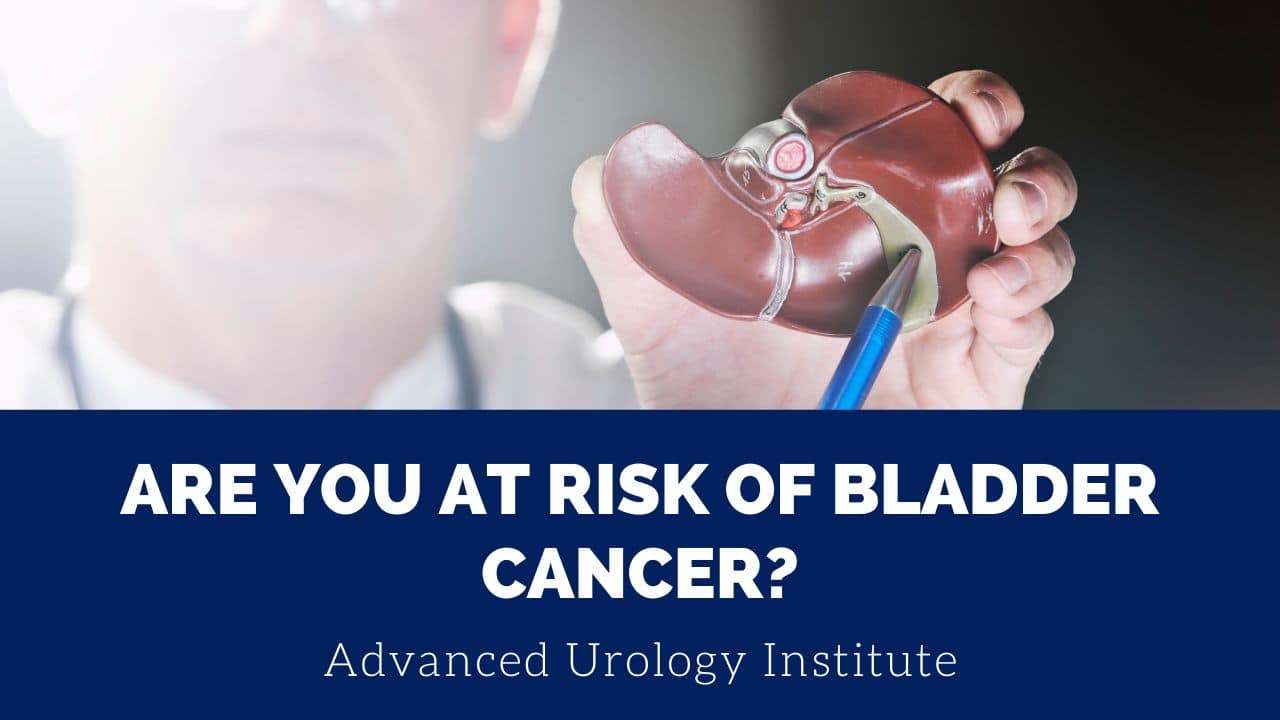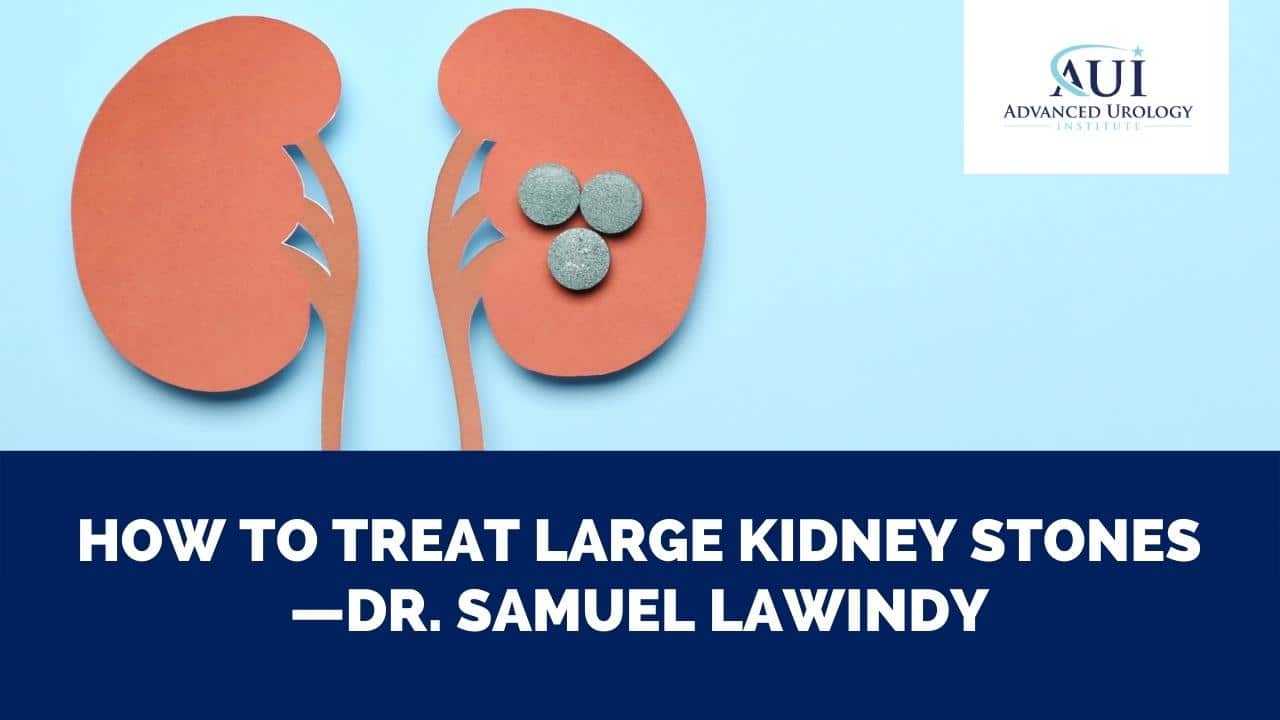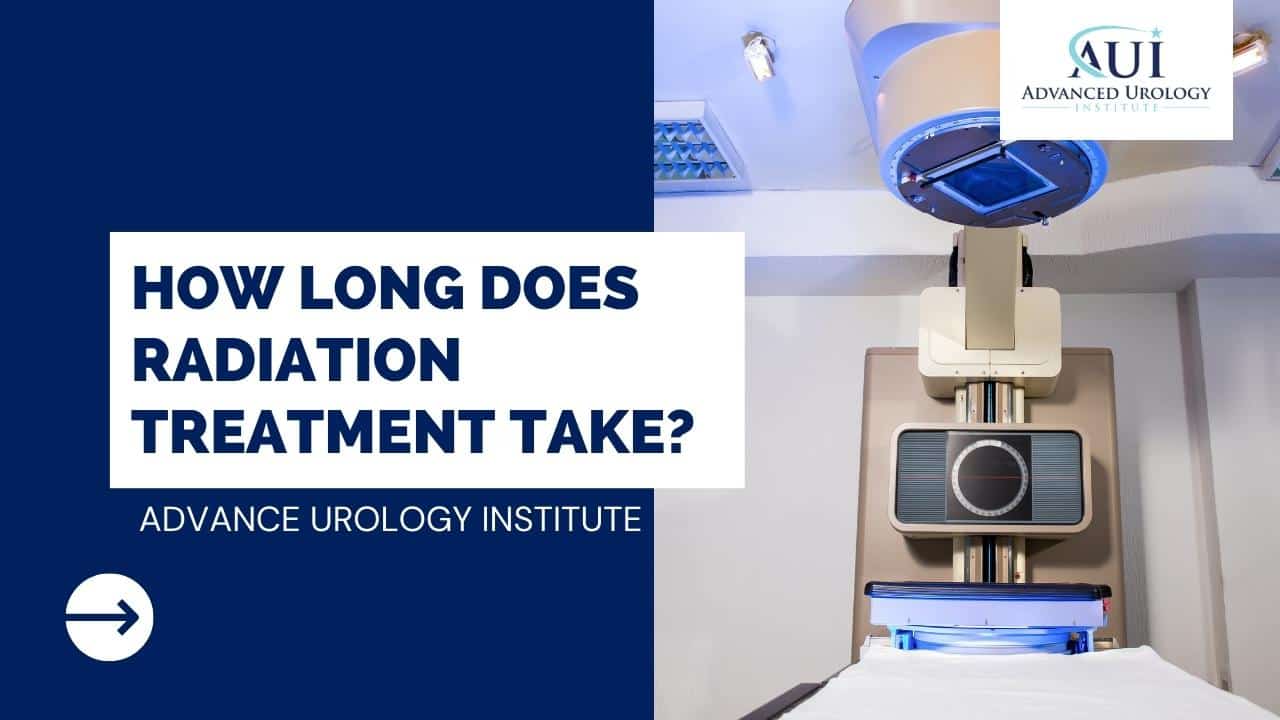 Bladder cancer is a common type of urological cancer that begins in cells of the bladder. The bladder is a hollow muscular organ in the lower abdomen where urine is stored.
Bladder cancer is a common type of urological cancer that begins in cells of the bladder. The bladder is a hollow muscular organ in the lower abdomen where urine is stored.
The cancer starts when cells of the bladder undergo changes, called mutations, in their DNA. Due to the changes, the cells multiply rapidly and uncontrollably. And they are also able to survive when normal and healthy cells die.
As a mass of abnormal cells builds forming a tumor, the resulting tumor invades and destroys normal bladder tissues and may even break away and spread through the body.
What are the different types of bladder cancer?
- Urothelial carcinoma (transitional cell carcinoma)
This is the most common type of bladder cancer. It occurs in the cells of the inner lining of the bladder, called urothelial cells. After cancer begins in these cells it often spreads to adjacent tissues and can even invade distant organs.
- Squamous cell carcinoma
This is a rare type of bladder cancer that tends to occur after an infection or long-term use of a urinary catheter. It is associated with chronic irritation of the bladder and can be caused by certain parasitic infections, such as schistosomiasis.
- Adenocarcinoma
This is also a less common type of bladder cancer. Adenocarcinoma occurs in the cells that form mucus-secreting glands in the bladder before invading adjacent tissues.
Who is at risk of bladder cancer?
- A smoker
Smoking of cigarettes is the most common association and causes of bladder cancer. In fact, smoking generally including cigars and pipes can also increase the risk of cancer. Cigarette and tobacco smoke contains harmful chemicals that reach the bloodstream and are excreted in urine.
When the chemicals linger in the bladder, they damage or cause changes in cells. This increases the risk of cancer. In fact, cigarette smokers have three times more risk of bladder cancer than non-smokers.
- A person over the age of 55 years
While bladder cancer can occur at any age, it is more often diagnosed in people above the age of 55 years. And with up to 90-percent of those with the cancer being aged 55 years or older, aging is a major risk factor for bladder cancer.
- Being male
Being male predisposes you to a higher risk of bladder cancer than being female. In fact, men are four times more likely to develop cancer than women. However, women have a higher likelihood of late diagnosis of the cancer, which makes them more likely to die of the disease than men.
- Being white
Race is a factor in bladder cancer. Generally, white people are twice as likely to be diagnosed with bladder cancer than black people. Nevertheless, black people are twice as likely to die from the disease as white people.
- Being frequently exposed to certain harmful chemicals
Frequent exposure to certain chemicals increases the risk of bladder cancer. For example, in places where arsenic is found in drinking water, there is a higher incidence of cancer.
Also, people repeatedly exposed to aromatic amines, such as benzidine and beta-naphthylamine, often used in the dye industry, have a higher risk of cancer. Likewise, chemicals used to manufacture dyes, rubber, leather, paint, and textile products increase the risk of bladder cancer.
That is why painters, printers, machinists, hairdressers (due to heavy exposure to hair dyes), truck drivers (exposure to diesel fumes), and industrial workers in rubber, leather, textile, and paint factories have greater risk of bladder cancer.
The chemicals reach the bloodstream and get filtered by the kidneys, allowing them to be present in urine. Once in urine, they may cause mutation of bladder cells, which eventually triggers cancer.
- A person with chronic bladder inflammation
Repeated bladder inflammation causes changes in bladder cells and may result in cancer. Hence, conditions such as kidney and bladder stones, recurrent urinary tract infections, chronic inflammation (cystitis), and long-term use of a urinary catheter increase the risk of bladder cancer.
- A person with personal or family history of bladder cancer
If you have had previous bladder cancer, you’re more likely to get it again. Also, if you have blood relatives—a sibling, parent or child—who has had the cancer, you have a greater risk of the cancer, though it is rare for the disease to run in families.
- A person who has previously been treated for cancer
When you have been treated with the anti-cancer drug cyclo-phosphamide, you have a higher risk of bladder cancer. Similarly, if you have received radiation treatment aimed at your pelvis for a previous cancer, then you have a greater risk of developing bladder cancer.
How can you prevent bladder cancer?
While there is no guaranteed way of preventing bladder cancer, taking certain steps can reduce your risk of the disease. Useful preventative steps include:
- Avoiding smoking
If you’re not a smoker, just don’t start. And if you smoke, speak with your doctor about a tailored plan to help you stop. Medications, support groups, and other methods may help.
- Taking precautions when around certain chemicals
When working with various chemicals, follow the necessary safety precautions to avoid exposure.
- Eating a diet rich in fruits and vegetables
A diet rich in vegetables and fruits will provide antioxidants that help reduce the risk of bladder cancer.
- Drinking enough fluid
When you drink a lot of fluid, particularly water, you lower your risk of bladder cancer. More fluid intake helps you to empty your bladder more frequently and ensures harmful chemicals do not linger in your bladder long enough to cause damage.
Compassionate, patient-centered cancer care
If you see blood in your urine, you could have bladder cancer and should be seen by a board certified urologist.
Would you like to undergo timely and accurate screening and diagnostic tests for bladder cancer?
Through our compassionate, patient-centered approach, Advanced Urology Institute ensures that all patients get quality time with urology oncologists, have their concerns addressed and undergo comprehensive screening and diagnostic testing.
For more information on bladder cancer and other urological disorders, visit the site “Advanced Urology Institute.”















